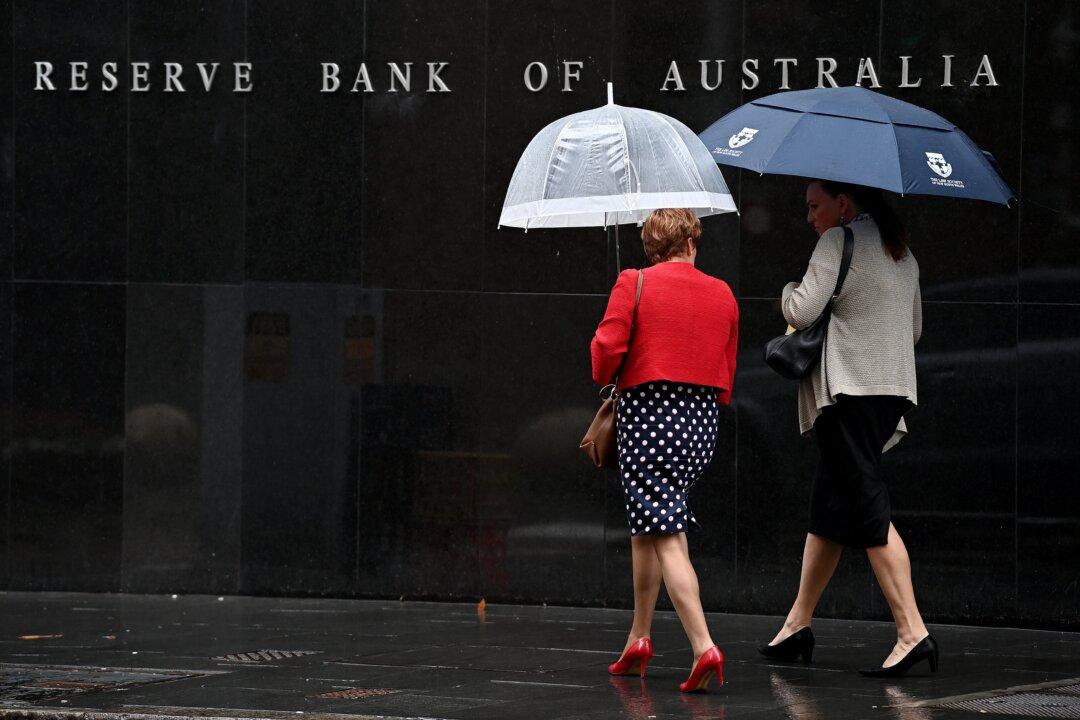The Reserve Bank of Australia (RBA) will have a new board solely responsible for setting interest rates, while the treasurer will no longer have the power to override the central bank’s monetary policy decisions.
Australian Treasurer Jim Chalmers on Nov. 27 announced a suit of reforms to strengthen and modernise the Reserve Bank was coming to parliament this week under the Treasury Laws Amendment (Reserve Bank Reforms) Bill 2023.




